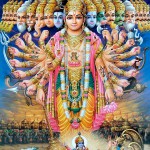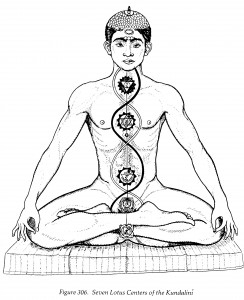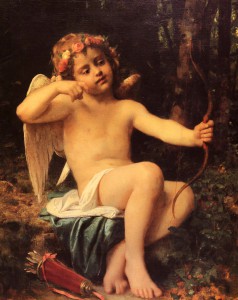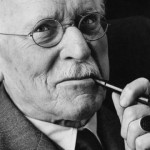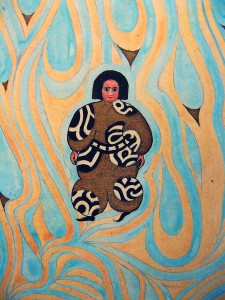MYTHOLOGICAL GODS – In our language a mythological god is an archetype and an archetype is always at the same time an instinctive pattern, an instinctive basis. Of the archetype of the mother, the biological basis would be motherhood, or of the archetype of the conjunctio, it would be sex. You could refer every god to a biological instinctive field; it is its meaning, or spiritual aspect.
You could say that every instinctive dynamism has an archetypal image. Thus gods are representations of general complexes. Ares, or Mars, is an image of the instinct of aggression and self-defence in nature. In animal life, self-defence and aggression and fear dominate a whole part of life, and we are not exempt from this. Every god archetype is a dynamic, explosive load of dynamite and therefore uncontrolled. The gods are always a bit below the mark as compared with the human level. Even to the Greeks they were shocking, for they behaved like animals.
The Stoics used philosophical arguments to explain it in a philosophical way. The role of the mother-goddess and such gods is to have measureless outbursts where they experience the greatest dynamism of life.
( Maria Louise von Franz 1972, pp.59-60 )

